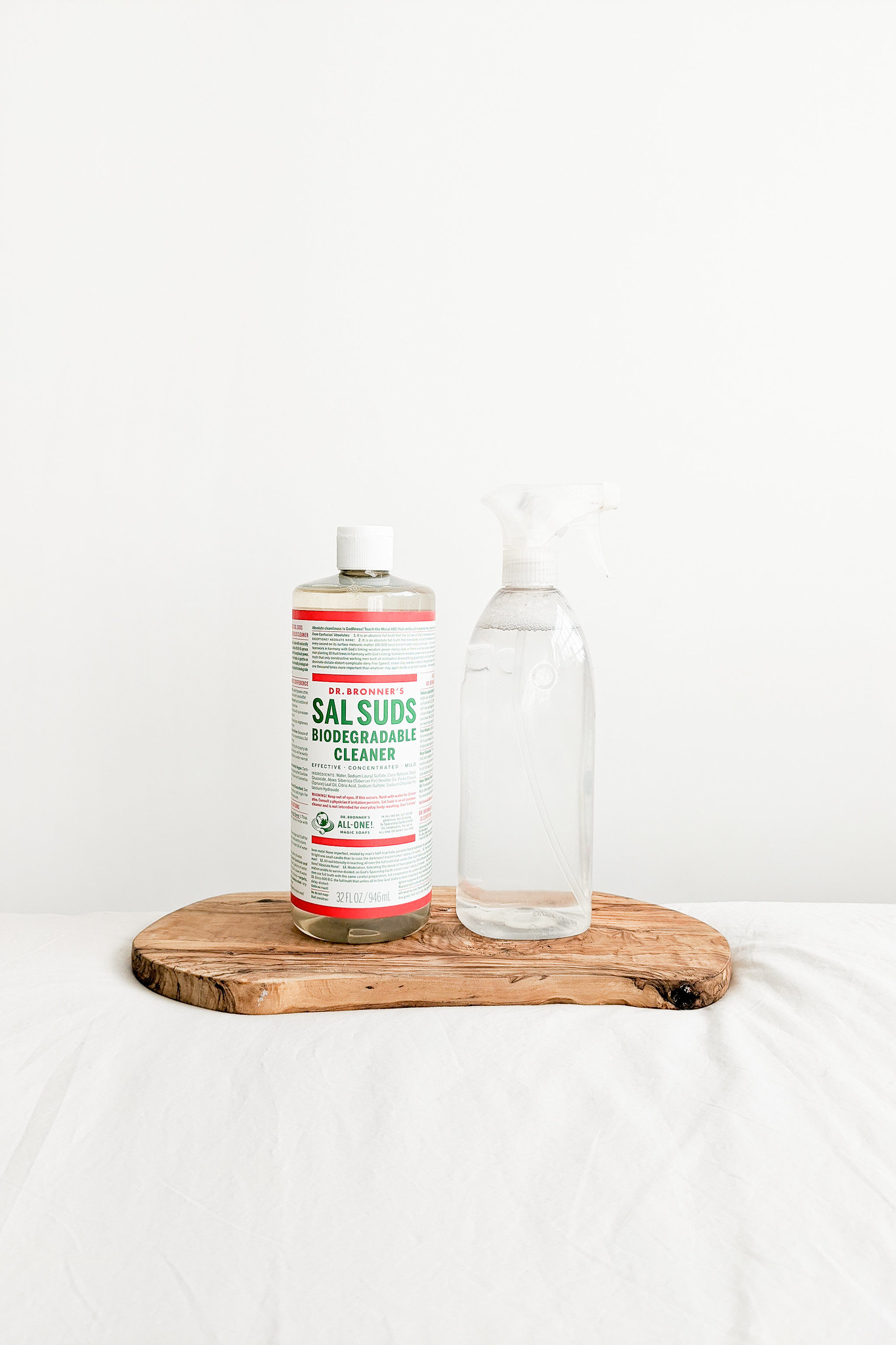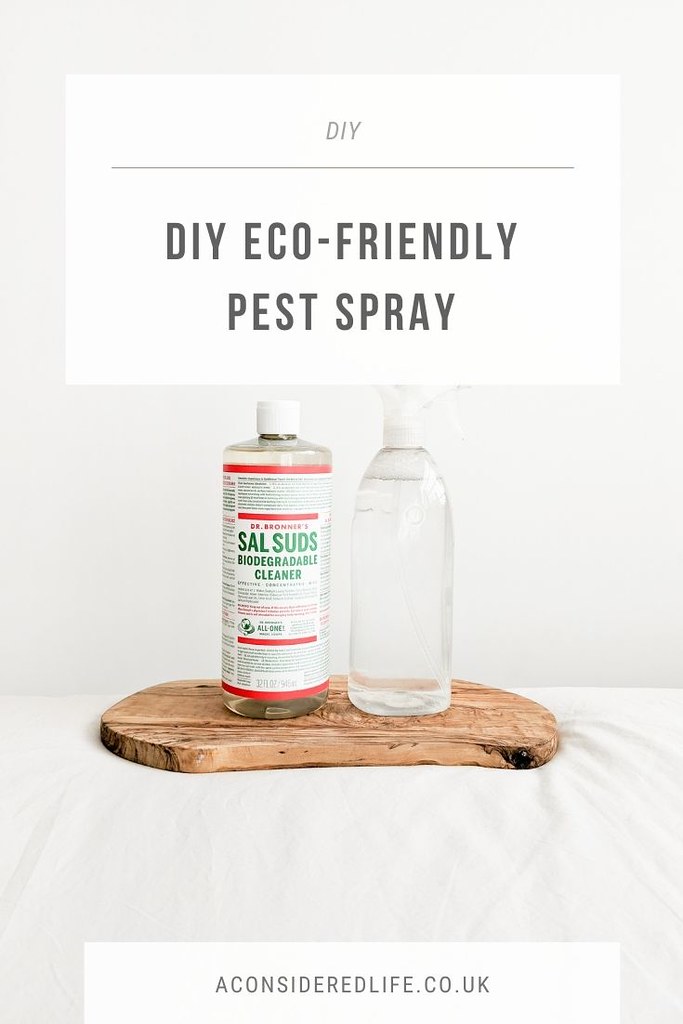
One of the least enjoyable parts of collecting house plants are the pests they bring into your home. If you've never had pests, you either have a few plants that you've only had for a short while or you don't know what to look out for. Pests are an inevitable and inescapable part of the house plant hobby, and prevention is better than treatment.
I've been making my own pest spray for a couple of years, which I use to ward off pests before they become a problem but also to treat my plants against the damage pests can cause. I prefer to make my own pest treatment because that way I can ensure it won't harm the environment or my plants
This is a super simple DIY recipe for creating a pest spray that will both prevent and treat pest problems as well as protect your plants against the damage that can be caused by harsh chemical treatments. This is an eco-friendly and low waste solution to pests that will keep your plants and the planet safe. All you need are three ingredients!
INGREDIENTS
1 tbsp natural soap (I recommend Dr Bronner Sal Suds)
1 litre water
spray bottle
INSTRUCTIONS
Add 1 tbsp of natural soap to 1 litre of water.
Pour into a spray bottle.
Shake to mix thoroughly, and before each use.
HOW TO USE
You'll have to apply this pest spray slightly differently depending on what pests are causing you problems. Below is the method I use to effectively treat the most common pest problems. You can also use this as a preventative treatment to ward of pests, just spray your plants down with the soap spray and leave for as long as possible before washing it off.
Thrips. If you spot thin white or black insects on the undersides of plant leaves, you're dealing with thrips. They aren't difficult to treat but the adults can fly/jump from plant to plant so isolating infected plants is crucial to stop the pests from spreading. Tell tale signs include silvery streaks, distorted blooms, browning leaves, and stunted growth. Isolate the plant, hose down with water, and spray liberally with the pest spray. Leave for as long as possible before washing off. Repeat the treatment as often as necessary until the thrips have gone. It's also helpful to put sticky traps in the soil to catch the jumping adults.
Spider Mites. Look for fine white webbing at the base of stems and in the folds of leaves, and tiny red dots. Spider mites love hot and dry conditions, and cause blotchy yellow leaves that fall prematurely. Spray the plant all over with the soapy pest spray and follow it up by hosing down thoroughly with water. Keep an eye on the plant and mist it regularly to help prevent future attacks.
Mealy Bugs. These pests are quite visible as they cluster together and leave cottony fluff along a plant's stem. You'll need to pick these off using a cotton swab, ideally dipped in alcohol, and then spray the plant all over with the pest spray. Severe infestations are hard to control so if you find a lot of mealy bugs, be prepared to repeat this process every few days until they are gone for good.
Scale. If you spot small brown discs attached to the underside of leaves and along the stems of the plant, these are scale and they can be tricky to deal with. Their hard shells mean they're protected from sprays alone. You'll need to wipe or scrub them off before spraying liberally with the treatment. Shower the plant down and repeat the process until they're gone. If a plant is badly infested, the leaves will be yellowing and covered in sticky honeydew; it might be impossible to get rid of the scale completely.

